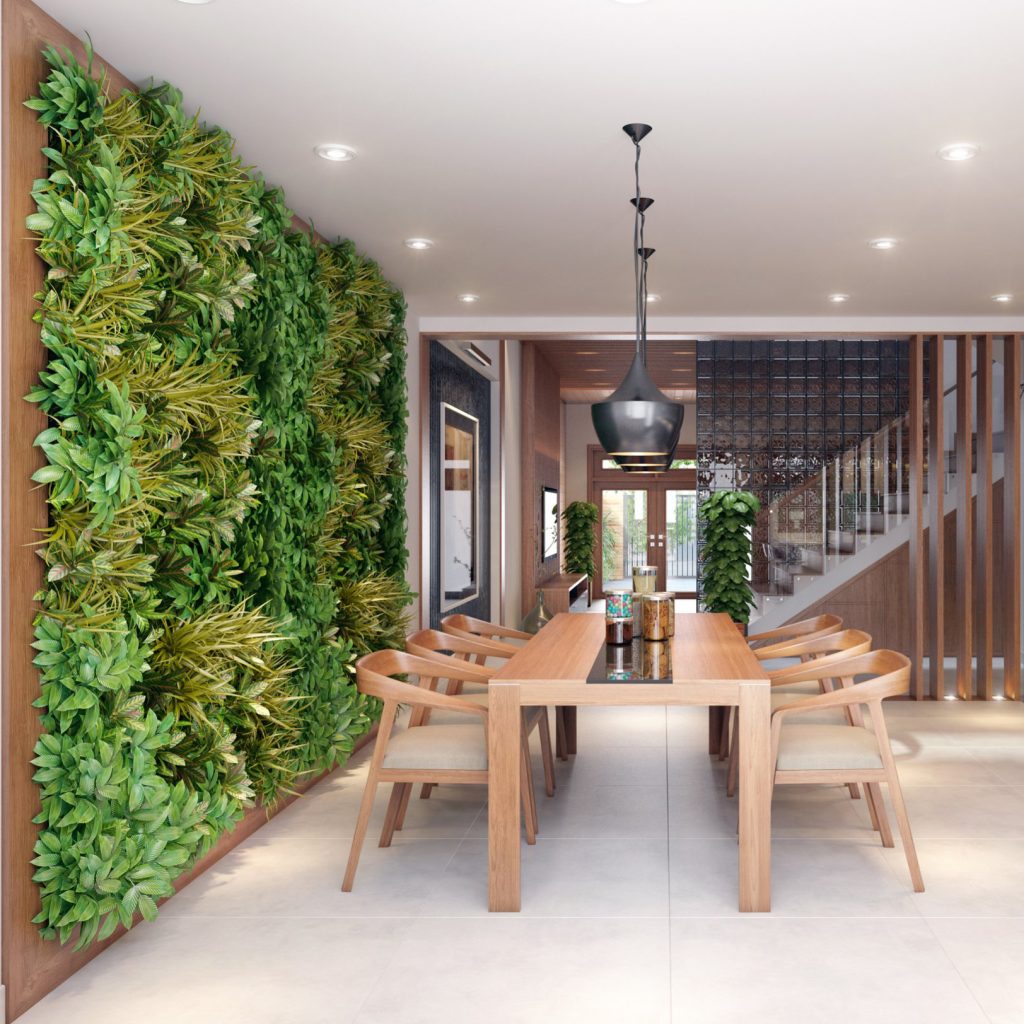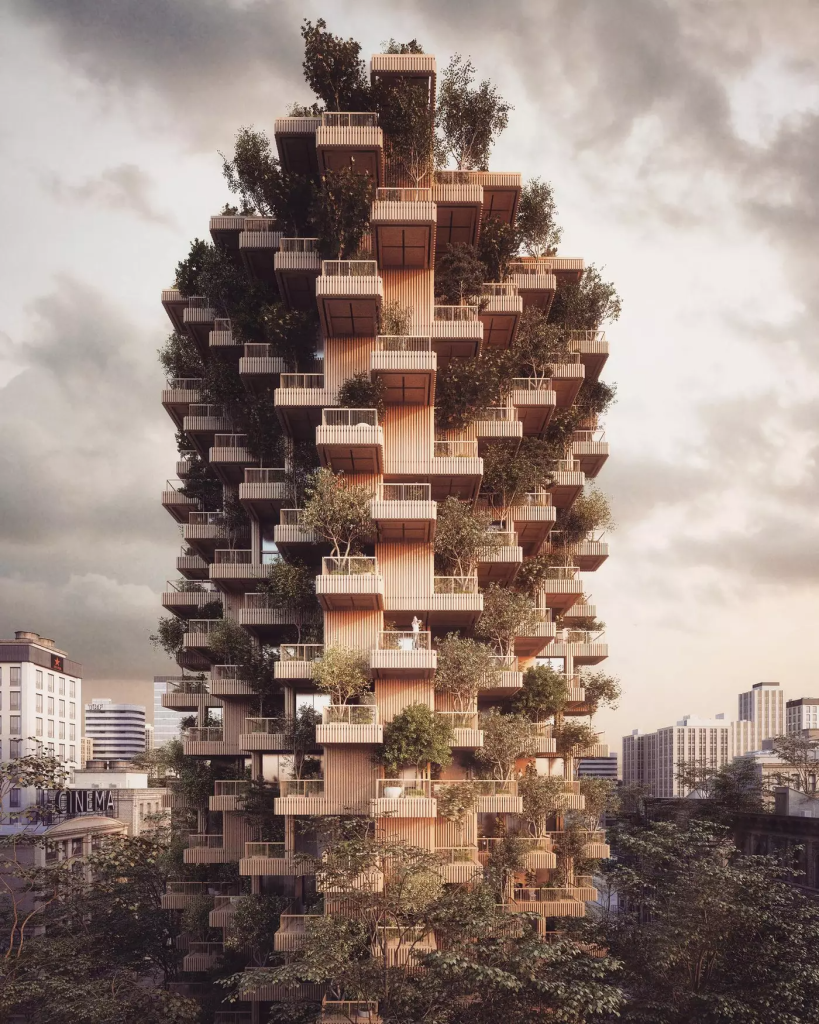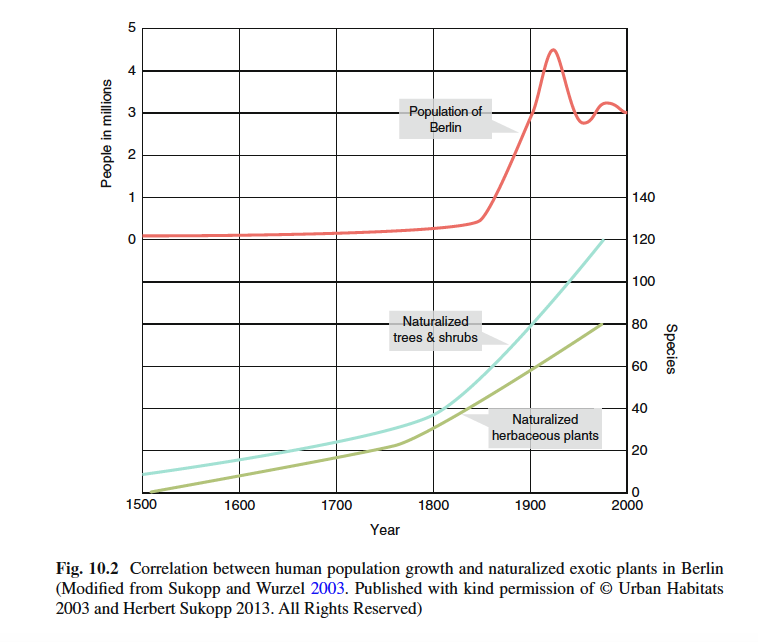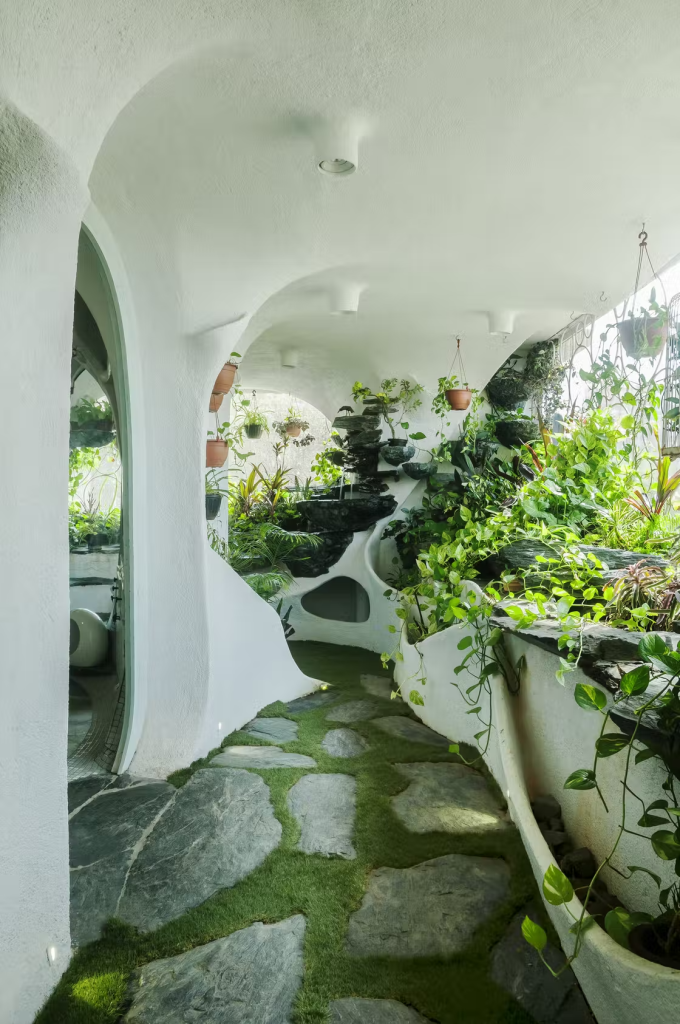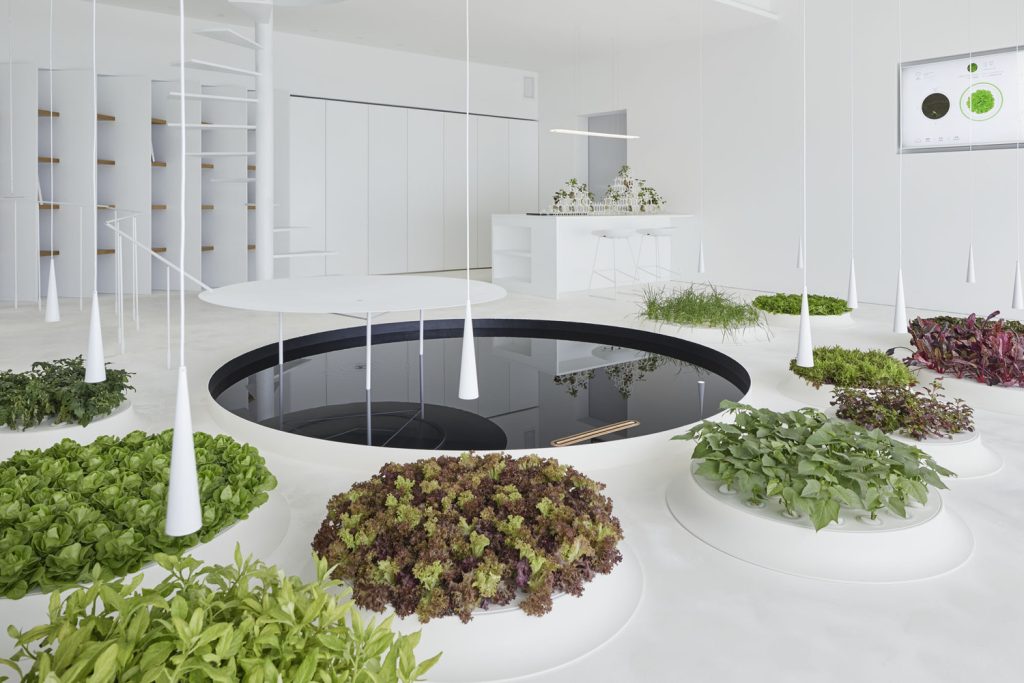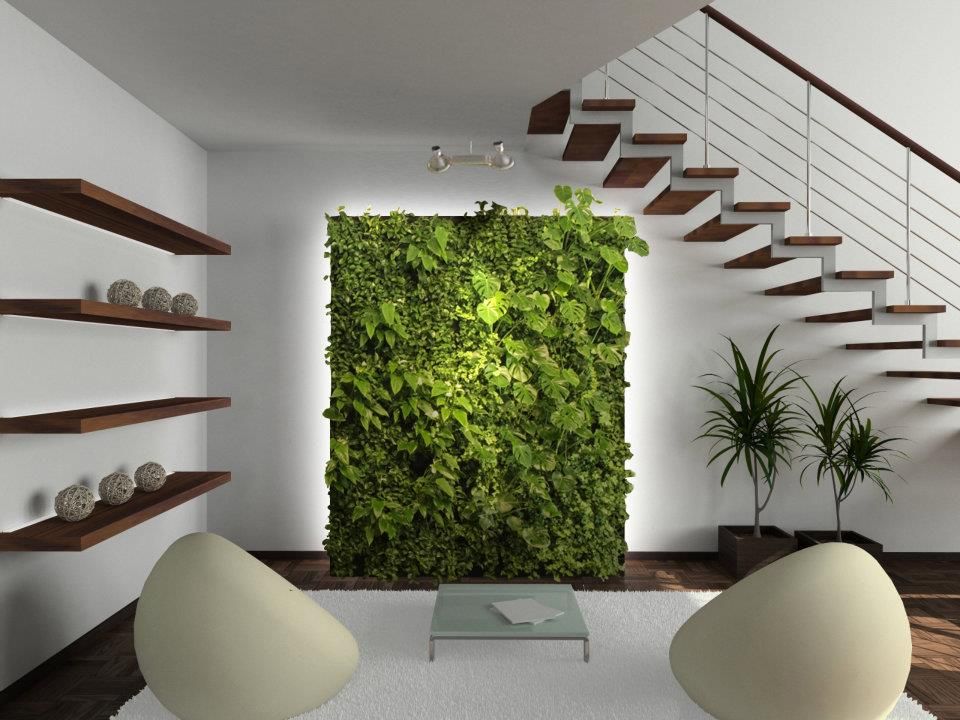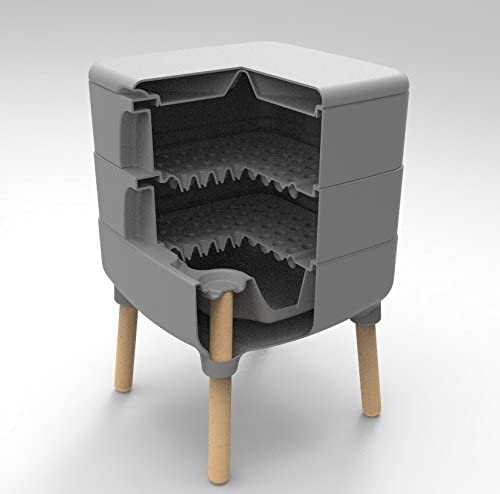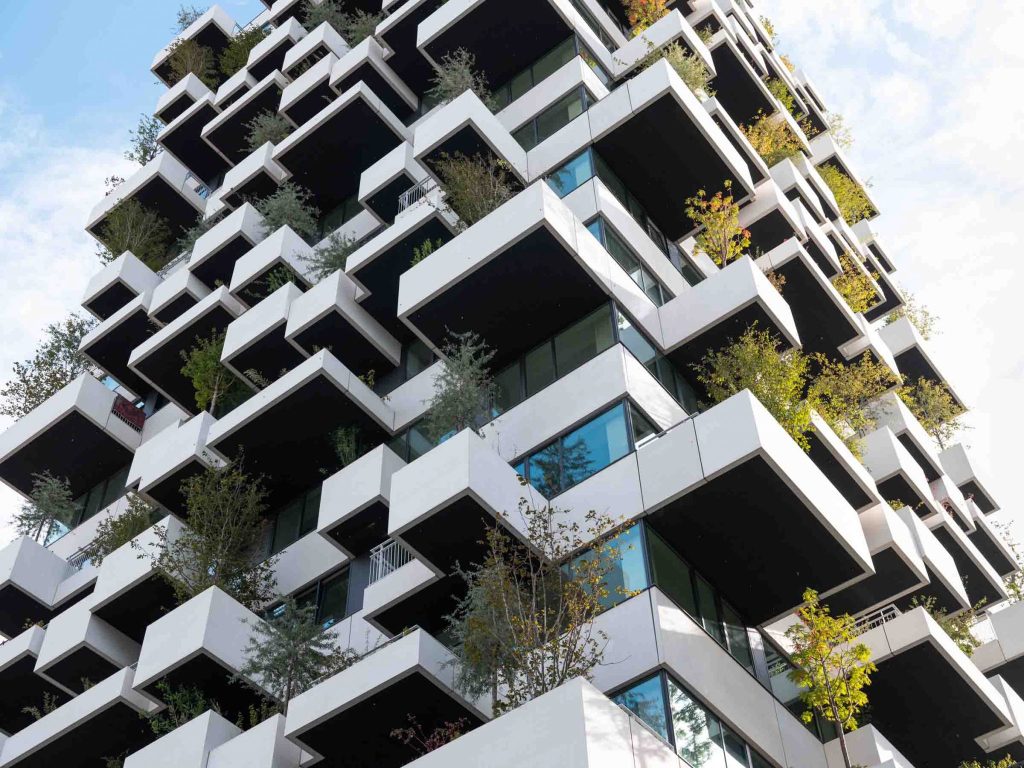Artificial and smart grow systems create a simulated optimal environment for plant growth. Usually, they include a light source, nutrients, water, and growing systems. Grow lights need to emit specific wave-lengths of light to help plants synthesize. Advances in LED grow lights have made these very energy efficient, and when paired with a general renewable power source like solar panels, can be a carbon neutral system.
Hydroponic systems are systems that do not use soil but rather, plants are grown in water. Plants grown hydroponically grow 20% faster than their soil grown counterparts and produce higher yields per area (epicgardening.com). Aeroponic systems are similar in that grow plants without soil, “in air”, using a nutrient-dense mist to grow plants.
Aquaponics is another system that combines grow systems with aquariums to mimic the nutrient cycle of aquatic ecosystems. The waste from the fish turns into food and nutrients for the plants, and the biomass from plants support smaller organism that feed the fish.
Aquariums for aquaponic systems combined with plant growing systems are attractive options for interiors due to their efficiency and aesthetically pleasing aspects.
All these systems can be combined with smart monitoring technology for optimal light, temperature, and water usage. Most of these systems provide dual functions with growing food via providing a light source, environmental improvements, and aesthetics.
